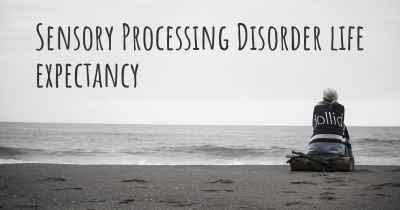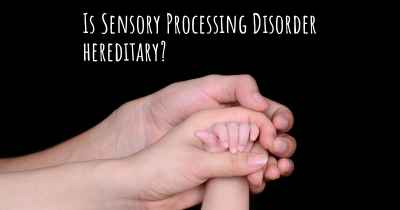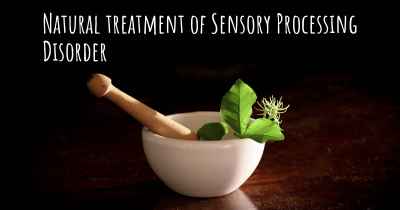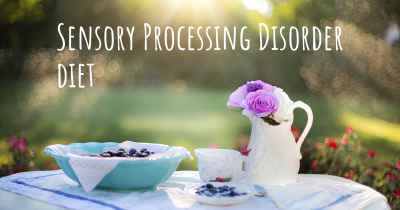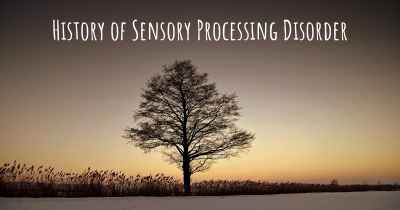Living with Sensory Processing Disorder. How to live with Sensory Processing Disorder?
Can you be happy living with Sensory Processing Disorder? What do you have to do to be happy with Sensory Processing Disorder? Living with Sensory Processing Disorder can be difficult, but you have to fight to try to be happy. Have a look at things that other people have done to be happy with Sensory Processing Disorder
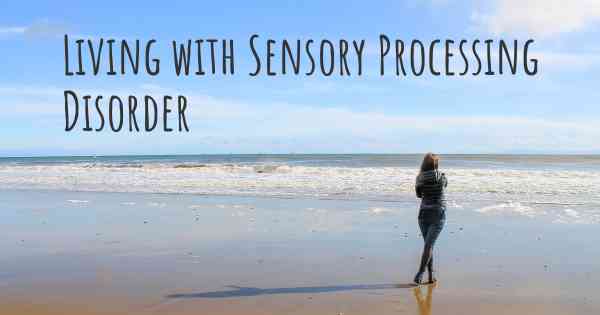
Living with Sensory Processing Disorder
Sensory Processing Disorder (SPD) is a condition that affects how the brain processes and responds to sensory information. Individuals with SPD may have difficulty processing sensory input, which can lead to challenges in daily life. However, with proper understanding and management strategies, it is possible to live a fulfilling life with SPD.
1. Seek Professional Help
If you suspect that you or a loved one has SPD, it is important to seek professional help. Consult with a healthcare provider or occupational therapist who specializes in sensory processing issues. They can provide a proper diagnosis and develop a personalized treatment plan.
2. Educate Yourself
Learning about SPD is crucial in managing the condition. Understand the different types of sensory processing difficulties and how they may manifest in daily life. Recognize your own sensory triggers and sensitivities, as well as strategies to cope with them.
3. Create a Sensory-Friendly Environment
Make your living space more accommodating to your sensory needs. Reduce clutter, control lighting, and minimize noise levels. Use soft textures and calming colors to create a soothing environment. Consider using noise-cancelling headphones or earplugs when necessary.
4. Develop Coping Strategies
Identify and practice coping strategies that work for you. Deep breathing exercises, mindfulness techniques, and sensory breaks can help regulate your sensory system. Experiment with different strategies and find what helps you stay calm and focused.
5. Establish Routines
Establishing predictable routines can provide a sense of stability and reduce anxiety. Create a daily schedule that includes regular breaks and activities that help regulate your sensory system. Stick to consistent sleep and meal times to promote overall well-being.
6. Advocate for Yourself
Advocate for your needs in various settings, such as school or work. Communicate with teachers, employers, and peers about your sensory challenges and the accommodations that can support your success. Seek support groups or online communities where you can connect with others who understand your experiences.
7. Practice Self-Care
Engage in activities that promote self-care and relaxation. Find hobbies or exercises that you enjoy and that help you manage stress. Prioritize self-care to prevent sensory overload and maintain overall well-being.
8. Seek Occupational Therapy
Occupational therapy can be highly beneficial for individuals with SPD. An occupational therapist can provide specific interventions and strategies to address sensory challenges. They can guide you in developing skills to improve sensory integration and enhance daily functioning.
9. Involve Family and Friends
Educate your loved ones about SPD and how it affects you. Help them understand your sensory needs and how they can support you. Encourage open communication and provide resources for them to learn more about SPD.
10. Celebrate Your Strengths
Remember that SPD does not define you. Focus on your strengths and celebrate your accomplishments. Embrace your unique sensory experiences and find ways to channel them into positive outlets, such as creative pursuits or advocacy work.
Living with Sensory Processing Disorder may present challenges, but with the right strategies and support, individuals with SPD can lead fulfilling lives. Remember to seek professional help, educate yourself, create a sensory-friendly environment, develop coping strategies, establish routines, advocate for yourself, practice self-care, seek occupational therapy, involve family and friends, and celebrate your strengths.
